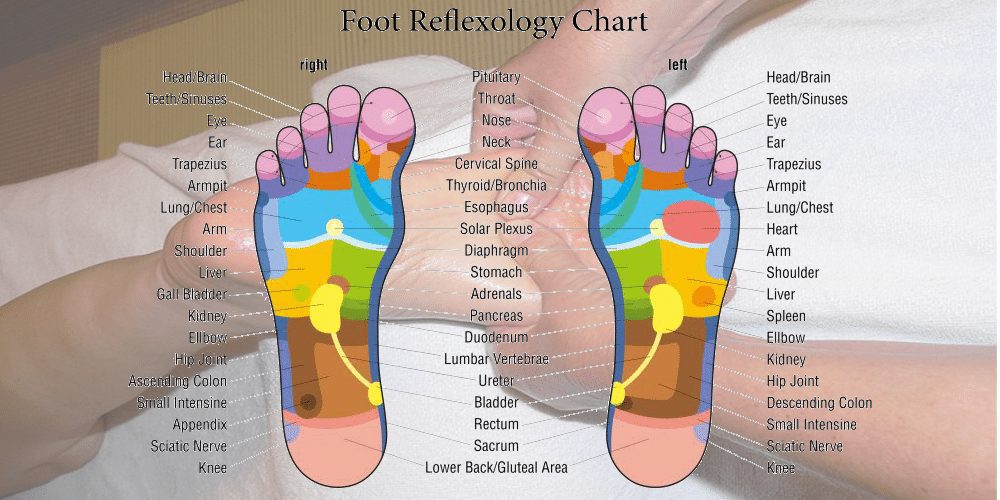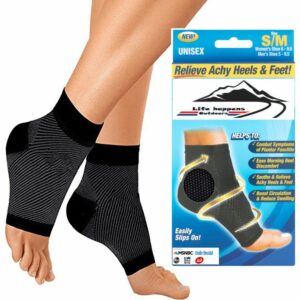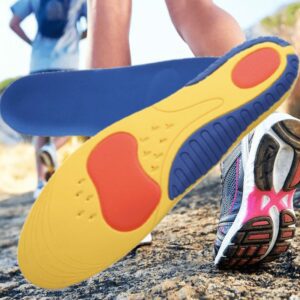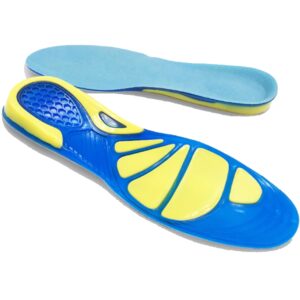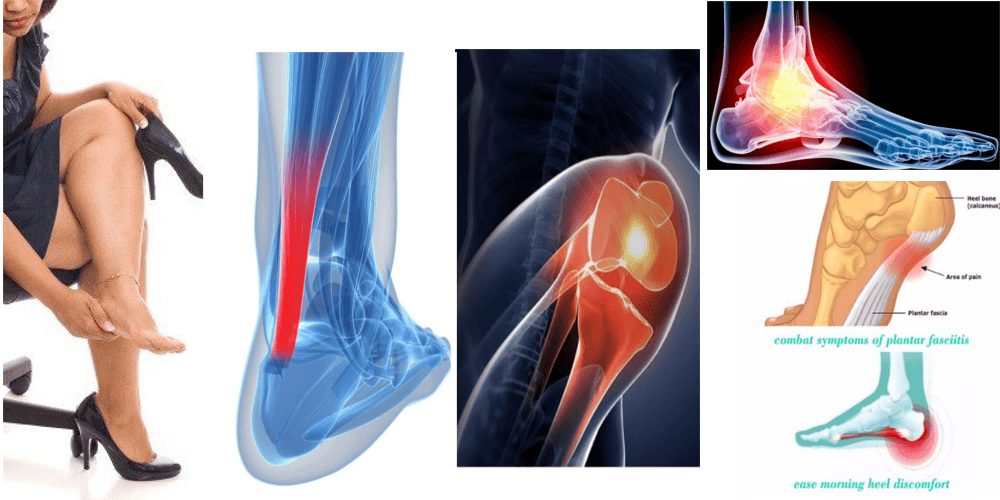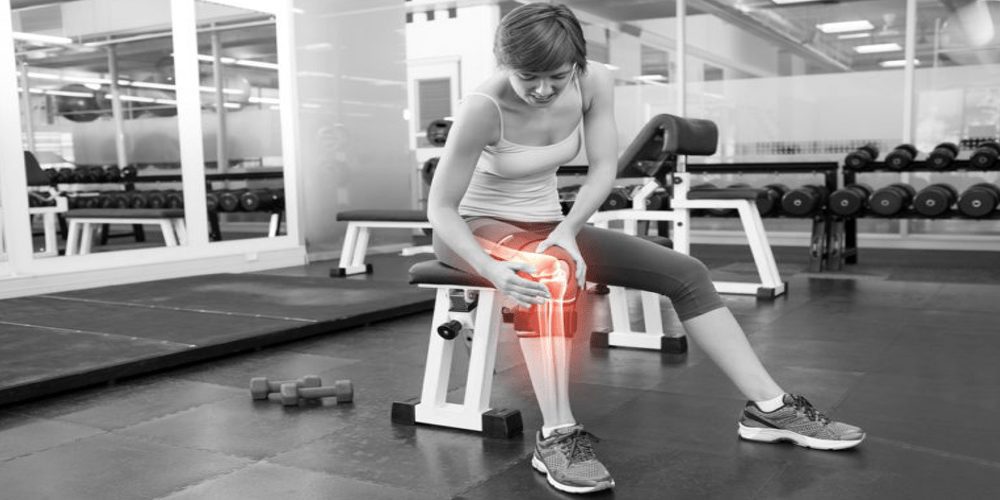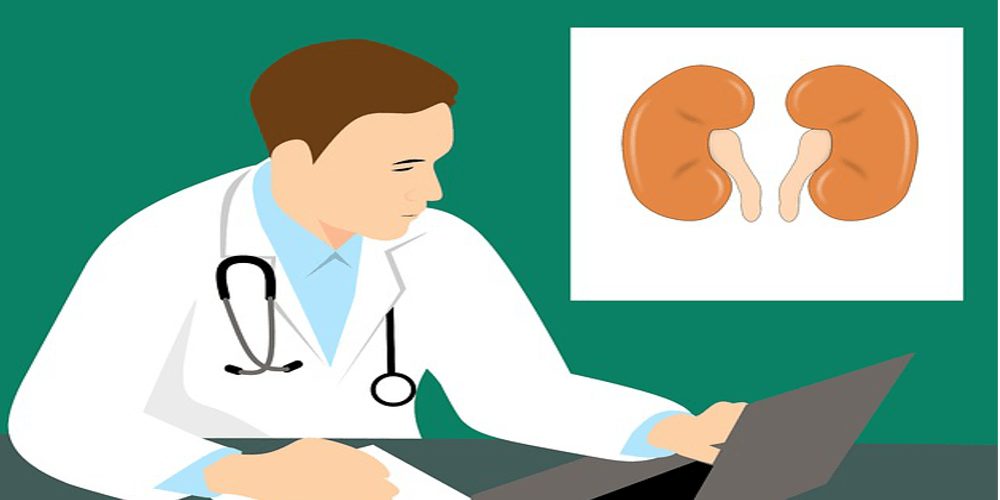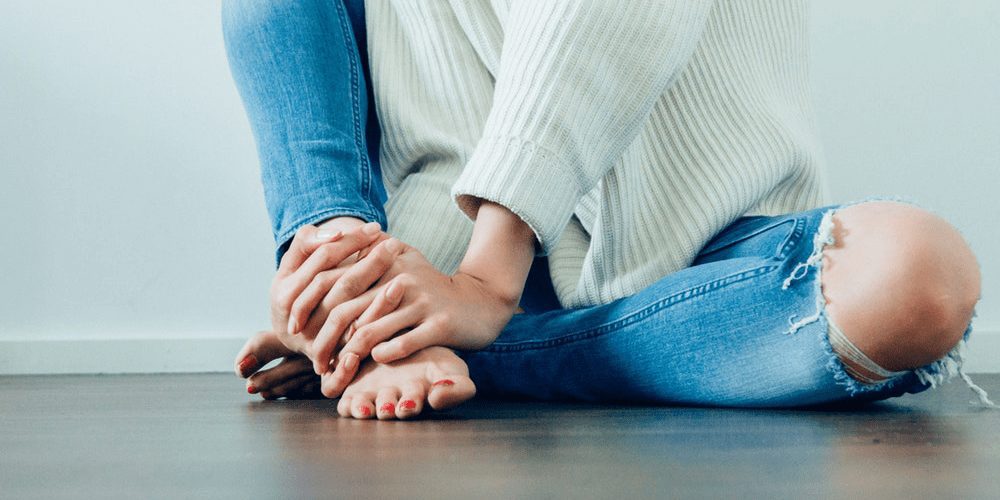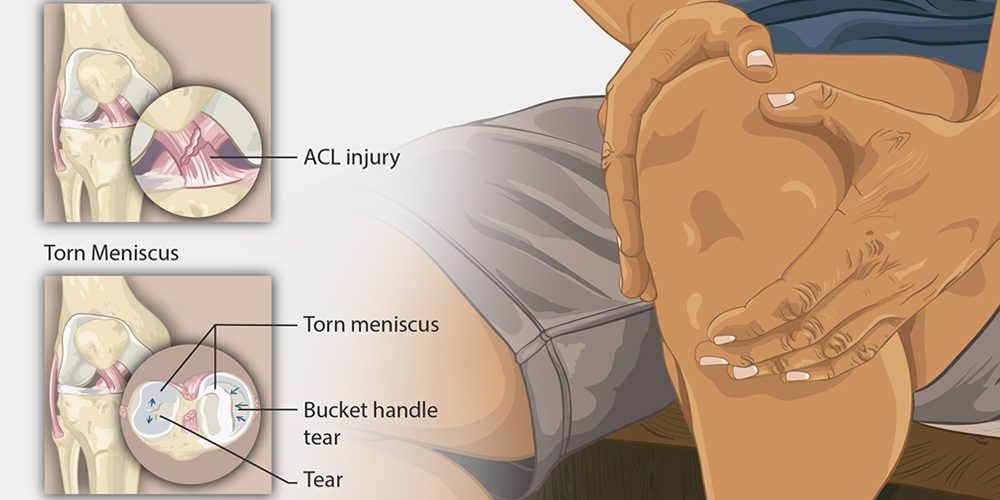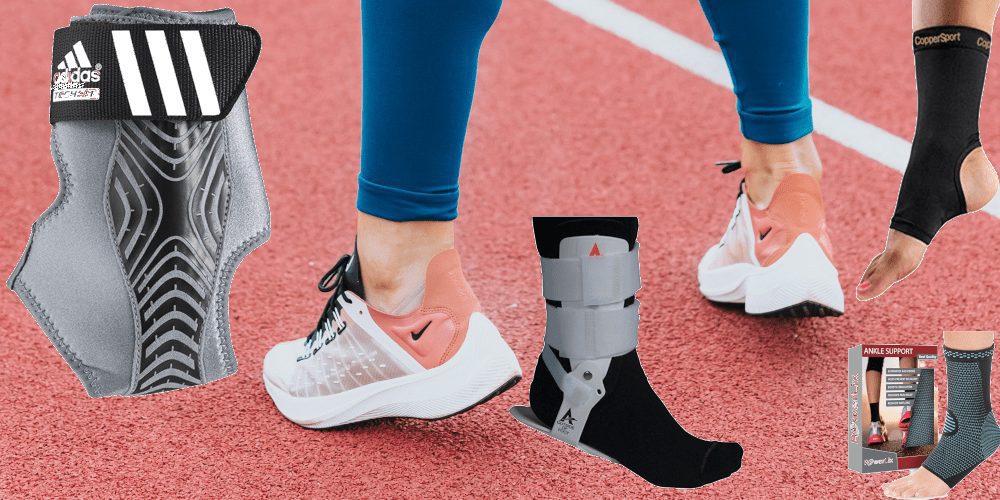Foot reflexology has gained popularity in recent years because of the positive effects it has on the overall health of a person. Foot massage dates back to Egypt and China about 5,000 years ago when it was a popular treatment.
In the 19th century, reflexology was introduced in Europe. The people realized that they can relieve pain and achieve better health and overall condition by applying pressure to certain centers in the feet and hands. In the USA, reflexology came much later, in the 20th century but since then many users have discovered its positive effects. Now, there are various spa salons that offer such treatment to their clients and other tools that allow you to practice reflexology at home.
Still, reflexology is still a mystery to some people and they want to know how it works and if there is any scientific evidence of its positive effects.
What is reflexology?
Reflexology is a type of holistic medical treatment, which aims to activate the body energy and help it heal itself naturally. It is often referred to as zone therapy because the concept behind the practice is that there is an energy channel running through all the 10 zones of the body. Each side of the body is divided into five zones, which are represented by points on the bottom of your feet. The brain, for example, has a specific point in each of your toes.
By applying pressure on these special points, each zone of the body revives itself and goes back into its natural harmonic state. The reflexologists use their hands to apply pressure and help you get the necessary relief.
Different theories about reflexology
There are many theories about how exactly reflexology works that have been popular throughout the years. In their essence, most of the theories are similar as they unite about the idea of the energy that runs in our body and the different zones that are affected. Some of the most popular theories related to reflexology are:
- Reflexology affects the central nervous system
This is one of the oldest theories that is based on the neurological relationship that exists between the skin and the internal organs. According to the theory, the whole nervous system adjusts to the stimulus sent by the pressure applied at a certain point.
When the reflexologist applies pressure to the feet, hands or ears of the person, the peripheral nerves send calming signals to the central nervous system. Thus, your entire body lowers the tension levels and helps you restore the inner balance. It also increases blood supply and oxygen levels within the body and thus helps the organs to function at an optimal level.
According to this theory, reflexology has a positive effect on the circulatory, respiratory, endocrine, immune, and neuropeptide systems in the body.
- Reflexology reduces stress and thus relieves pain and improves the mood
Another theory that can explain why reflexology helps fight pain and improves the overall condition and mood of a person is the gate control theory also known as the neuromatrix theory of pain. As per this theory, pain is a subjective experience created by your brain either as a response to physical stimuli or to emotional or cognitive factors. Therefore, the more stressed and depressed you feel, the greater the pain that you suffer from.
As reflexology can help you relax and reduces stress levels, it also affects your perception of pain. As your mood improves, your pain levels also decrease.
- Reflexology helps your vital energy flow
According to another theory, there is internal vital energy that helps your body function properly. If the energy doesn’t flow correctly, it causes energy congestion or insufficiencies within your body that can make you sick.
With the right pressure on the different points, reflexology keeps your vital energy flowing to all the zones in your body and helps you stay healthy.
- Reflexology works because of the zone theory
Probably one of the most popular theories associated with reflexology is the Zone Theory. According to this idea, the body is divided into 10 vertical zones and each zone has a special point in your feet and hands. Each toe or finger gives access to certain organs, muscles, valves in your body. By massaging these points, you affect positively the corresponding body part.
Research on reflexology
In addition to the various theories related to reflexology, there is also scientific research, which tries to establish the benefits of the foot massage. There are different studies from all over the world that tackle the problem and the issue of reflexology and whether and how it helps has been discussed over many workshops and other events.
The University of Minnesota published an article on What Does the Research Say about Reflexology? to summarize some of the most common findings of reflexology. There has been substantial research on how this holistic practice can help with various conditions. Some of the conclusions are:
- Reflexology may affect positively certain organs. After a session, there is an increased blood flow to kidneys and intestines, which proven by fMRI readings.
- Reflexology can improve the symptoms. The treatment affected positively kidney function in patients with kidney dialysis.
- Reflexology helps you relax. EEG measurements reveal that foot massage can decrease blood pressure and reduce anxiety.
- Reflexology reduces pain. Some of the most positive effects reported by the participants in different studies were the reduction of pain caused by various conditions such as kidney stones, osteoarthritis, chest pain and other.
While the research in this area needs to continue, there is also scientific proof that reflexology can help you feel better and may assist your body in healing itself. Some studies also showed that reflexology had positive effects on blood pressure and tingling caused by MS.
Reflexology and foot massage also help reduce anxiety and depression and thus reduce healing time after medical treatment, interventions, and even surgery. The overall aim of reflexology is to offer an improved quality of life.
How does reflexology help?
Reflexology foot massage helps mainly by releasing tension and reducing stress levels. It prevents them from accumulating in your body and blogging the natural energy flow. High levels of stress are known to cause many health problems and hence it is necessary to find your own way of coping with it. A foot massage, a trip to a reflexology spa or using a reflexology massage mat at home may be the key to improving your overall condition.
Once your body is revived, you will be able to tackle with minor and major issues much quicker and restore your inner equilibrium. Reflexology can help by inducing a state of relaxation, relieving pain, lowering anxiety. It also helps decrease blood pressure and stimulates blood flow thus providing cells and organs with more oxygen and helping your body get rid of toxins. A session with your reflexologist can also help you sleep better.
While reflexology has many positive emotional benefits, it can also help in the following conditions:
- Help with colds and minor ailments
- Prevent and cure certain diseases
- Relieve pain caused by different conditions, surgery or even chemotherapy
- Reduce stress and anxiety
- Help in coping with constipation, chronic headaches, skin allergies, liver dysfunction
- Stimulate and improve blood and lymph circulation
- Improve the work of internal organs
- Reduce pressure on legs, which quite useful for pregnant women or people who spend a whole day standing up
You need to know that that the points located on your left foot correspond to the organs in your left part of the body, while your right foot is in charge of the right part of the body. The brain, for example, is present in both feet. While practitioners have a different opinion on the exact position of the reflex points, they in generally agree which point to which organ corresponds.
In most reflexology offices you will find a diagram that shows the main areas of distribution of your organs and the corresponding reflex points on your feet. Following that diagram, you can see which point to stimulate in order to solve a certain problem.
It is a good idea to visit a reflexologist regularly – you can do it either every week or once a month or as often that you feel the need for it. According to some people, the effect of this holistic treatment is about 5 days but yet the perception is strictly individual.
Another option is to get your own foot reflexology massage mat that you can find in our online shop. The mat will help you get rid of pain associated with plantar fasciitis, heels, arches, and foot tingling. It can also help you get an overall relief as the mat is specifically designed to stimulate all reflex points located on your feet.
You do not need special guidelines to use the mat. All you need to do is simply stand on the mat and it will apply the right amount of pressure to the respective points. Now, you can get a full massage of reflexology points wherever and whenever you like.
The foot reflexology massage math is suitable for people who suffer from pain in the foot and legs, who exercise actively or need to stand up a lot because of their work. It is also a great tool to reduce stress and relax. It helps you energize your body and soul and feel much healthier.
The mat follows the basic principles of reflexology and massages gently your heels, arches, pads, and toes and sends pain relief signals throughout your entire body. It is an affordable way to get much-needed relaxation and comfort.
How to find a reflexologist?
If you have decided that you want to visit a reflexologist, you need to look around for the right specialist. Just like with any other kind of therapy, you need a person who is properly trained and knows how to treat you well.
You can check the reflexologist associations for experts in your area, read the recommendations online or ask a friend who is happy with their therapist. The American Reflexology Certification Board, the Reflexology Association of America or the Professional Reflexology Associations may offer useful information.
Once you find the perfect fit, you shall expect a session of about 30 to 60 minutes. Just relax and let the therapist do their magic.
Note that conditions like athlete’s foot, plantar warts, or osteoporosis mean that you are not suitable for foot massage and you need to avoid it regardless of the various benefits it offers.
As you can see, reflexology is a type of holistic treatment that can help you feel energized and healthier. Through reflex points on your feet, you can get pain relief or improvement of certain conditions. While the scientific research behind reflexology is still insufficient, there is proof that it improves the way people feel and is a good option to reduce stress, anxiety, and depression and improve your overall physical and emotional health.
Here are some of our products that can help you as well:
-
50 %OFF50 %OFF50 %OFF50 %OFF
Pain Relief Foot Compression Socks
Rated 4.43 out of 5$39.99Original price was: $39.99.$19.99Current price is: $19.99. Select options -
Plantar Fasciitis Foam Insoles
Rated 4.00 out of 5$34.99 Select options -
38 %OFF38 %OFF38 %OFF38 %OFF38 %OFF
Health Control Massage Insoles
Rated 4.91 out of 5$39.99Original price was: $39.99.$24.99Current price is: $24.99. Select options -
57 %OFF57 %OFF57 %OFF57 %OFF
Honeycomb ActivGel Insoles
Rated 4.88 out of 5$69.90Original price was: $69.90.$29.90Current price is: $29.90. Select options




